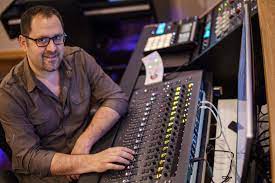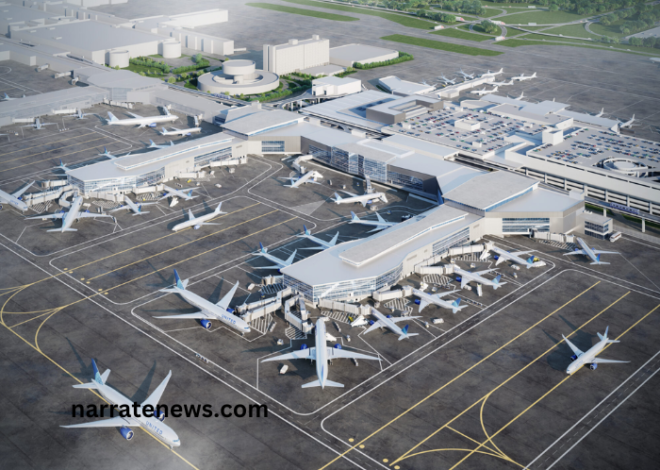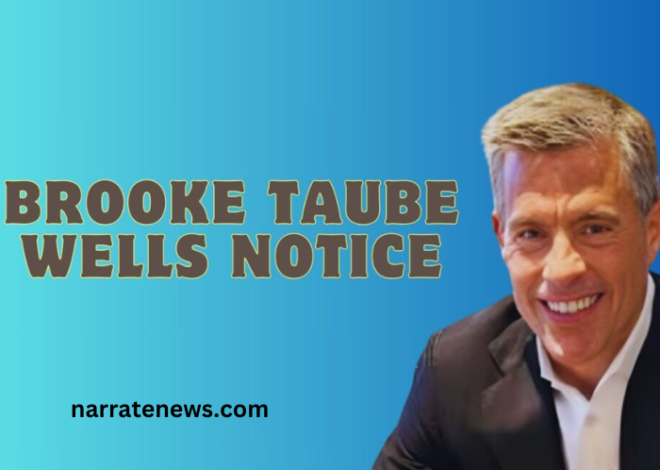
The Rhythmic Tapestry of American Concerts
Introduction
In the vast and diverse landscape of American entertainment, concerts stand as vibrant, pulsating events that bring people together to celebrate the power of live music. From iconic arenas to intimate venues, the American concert experience is a kaleidoscope of genres, cultures, and emotions. This article explores the multifaceted world of American concerts, delving into their historical roots, the evolution of concert culture, and the unique elements that make each live performance an unforgettable and immersive experience.
The Rhythmic Tapestry Roots of American Concerts
The tradition of live music in America can be traced back to its rich cultural tapestry, influenced by a myriad of musical genres and traditions. Indigenous communities, African rhythms, European classical music, and the fusion of various immigrant cultures all contributed to the unique musical landscape that laid the foundation for American concerts.
In the early 20th century, the emergence of jazz, blues, and country music set the stage for a revolution in live performances. The spirit of improvisation and the raw, emotional energy of these genres found a home in nightclubs, speakeasies, and dance halls, giving birth to the idea of the concert as a communal celebration of sound and rhythm.
The Evolution of Concert Culture
The Birth of Rock ‘n’ Roll:
The 1950s and 1960s witnessed the rise of rock ‘n’ roll, an epochal shift in music that transcended generational boundaries. Legendary artists like Elvis Presley, Chuck Berry, and Little Richard became pioneers in the live music experience, introducing electrifying performances that ignited a cultural revolution. The energy of these early rock concerts set a precedent for the immersive and communal nature of American concerts.
The Festival Phenomenon:
The late 1960s brought forth the festival phenomenon, with Woodstock in 1969 becoming an iconic symbol of peace, love, and musical expression. Woodstock marked a turning point in concert culture, emphasizing the connection between music, social movements, and the collective experience. This era saw the rise of festivals like Coachella, Bonnaroo, and Lollapalooza, each contributing to the diversity and inclusivity of the American concert experience.
The Arena Spectacle:
The 1970s and 1980s saw the rise of arena rock, with bands like Led Zeppelin, Queen, and The Rolling Stones crafting larger-than-life performances in massive venues. Elaborate stage setups, cutting-edge lighting effects, and record-breaking attendance numbers defined this era, highlighting the grandeur of the American concert spectacle.
Hip-Hop Takes Center Stage:
The late 20th century and early 21st century saw the ascendance of hip-hop as a dominant force in American music. Hip-hop concerts, characterized by electrifying beats, dynamic performances, and a celebration of urban culture, became a cornerstone of the live music scene. Artists like Jay-Z, Kendrick Lamar, and Kanye West elevated hip-hop concerts into immersive experiences that blended music, visuals, and storytelling.
Elements of the American Concert Experience
Diversity of Genres:
One of the defining features of the American concert landscape is the incredible diversity of musical genres. From the twang of country to the syncopated beats of hip-hop, from the anthemic choruses of rock to the soulful melodies of jazz, American concerts cater to a vast array of tastes and preferences.

Venues Large and Small:
American concerts can take place in a variety of venues, ranging from intimate clubs and theaters to sprawling arenas and outdoor amphitheaters. Each venue offers a unique atmosphere and allows artists to connect with their audience in different ways. The intimacy of a small club contrasts with the grandeur of a stadium, offering concertgoers diverse experiences.
Festival Culture:
The festival culture in America has become synonymous with the summer music scene. Festivals like Coachella, Austin City Limits, and Electric Daisy Carnival draw music lovers from across the country for days of non-stop music, creating an immersive and communal atmosphere that goes beyond individual performances.
Technological Advancements:
Advancements in audiovisual technology have transformed the American concert experience. High-quality sound systems, LED screens, and elaborate lighting setups enhance the sensory impact of live performances. Technology also plays a role in ticketing, live streaming, and creating interactive experiences for fans.
Community and Connection:
Concerts serve as communal spaces where people from diverse backgrounds come together to share a love for music. The sense of unity and connection among the audience and the artist creates a unique and powerful atmosphere. Whether singing along to a favorite song or being moved by a poignant lyric, concertgoers share a collective experience that transcends individual differences.
The Impact of Concerts
on Artists and Fans
Artistic Expression:
For artists, concerts represent a platform for unbridled artistic expression. The stage becomes a canvas where musicians can showcase their talent, connect with fans on a personal level, and experiment with their sound. The energy of a live audience often inspires artists to deliver performances that go beyond the confines of studio recordings.
Fan Engagement:
Concerts foster a deep connection between artists and their fans. The experience of seeing a favorite artist live, hearing beloved songs in person, and witnessing the passion and skill of performers creates lasting memories. Fan engagement extends beyond the concert itself, with social media providing a space for fans to share their experiences and connect with like-minded individuals.
Economic Impact:
The economic impact of concerts on the music industry and local economies is significant. From ticket sales and merchandise to the boost in tourism during major festivals, concerts contribute to the financial success of artists and the communities that host these events.
Cultural Influence:
Concerts play a crucial role in shaping cultural trends and influencing societal narratives. From political statements made on stage to the fashion trends sparked by iconic performances, concerts have the power to leave an indelible mark on the cultural landscape.
Challenges and Opportunities in the Concert Industry
While the American concert industry thrives, it also faces challenges and opportunities in a rapidly changing landscape.
Accessibility and Inclusivity:
The accessibility of concerts, both in terms of ticket prices and physical accessibility, remains a concern. Efforts to make concerts more inclusive for diverse audiences and to address issues of affordability contribute to a more equitable concert experience.
Technology and Virtual Experiences:
The rise of virtual concerts, especially in response to the COVID-19 pandemic, has opened new avenues for experiencing live music. While virtual concerts provide accessibility, they also raise questions about the future balance between physical and virtual experiences in the concert industry.
Sustainability:
The environmental impact of large-scale concerts, particularly festivals, has come under scrutiny. Concert organizers are exploring sustainable practices, such as reducing waste, using renewable energy sources, and implementing eco-friendly initiatives to minimize their ecological footprint.
Artist Compensation:
The shift from physical album sales to digital streaming has changed the revenue streams for artists. Concerts have become a primary source of income for many musicians, emphasizing the need for fair compensation and ethical practices within the concert industry.
Conclusion
The American concert experience is a dynamic and ever-evolving journey through the heart of live music. From the smoky jazz clubs of the 20th century to the high-tech arenas of today, concerts continue to shape and reflect the cultural, social, and musical landscapes of America.
As technology, culture, and societal norms evolve, so too will the concert experience. Yet, at its core, the magic of a live performance remains—an unspoken connection between artists and fans, a celebration of diversity and expression, and a testament to the enduring power of music to unite, inspire, and move the human spirit. Whether under the neon lights of Broadway, the expansive skies of a festival field, or the dim glow of a historic club, the American concert experience invites all to be part of a rhythmic tapestry that weaves together the stories and melodies of a nation.


